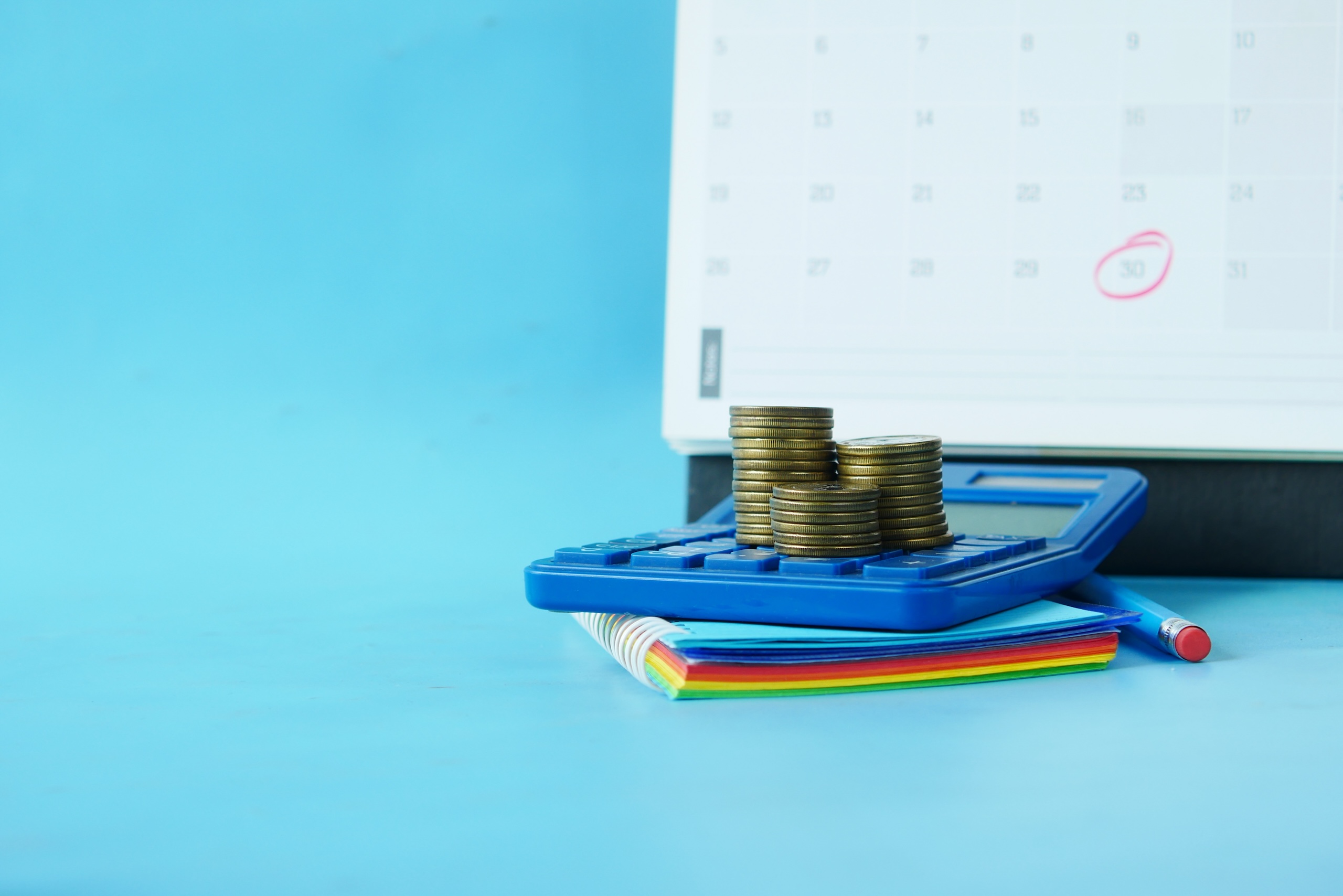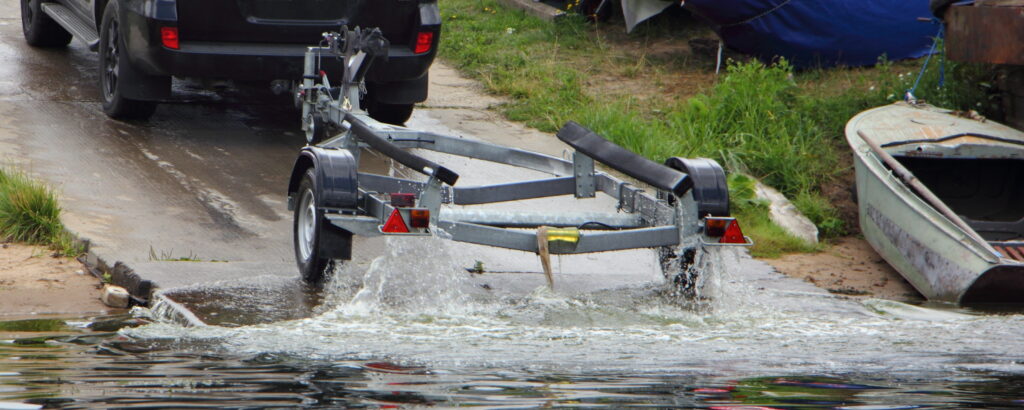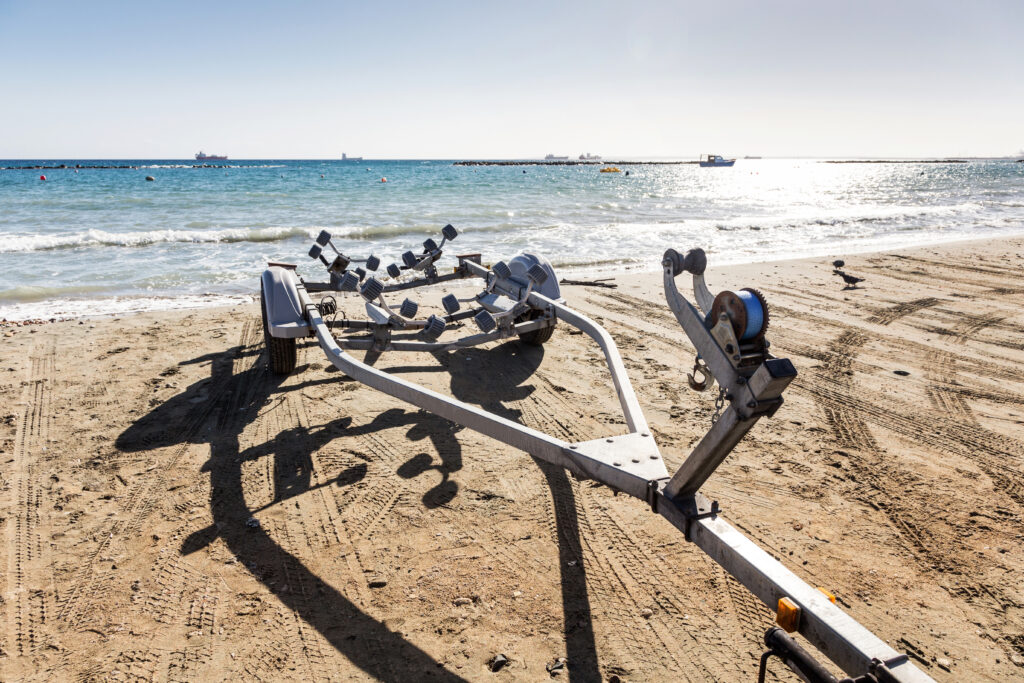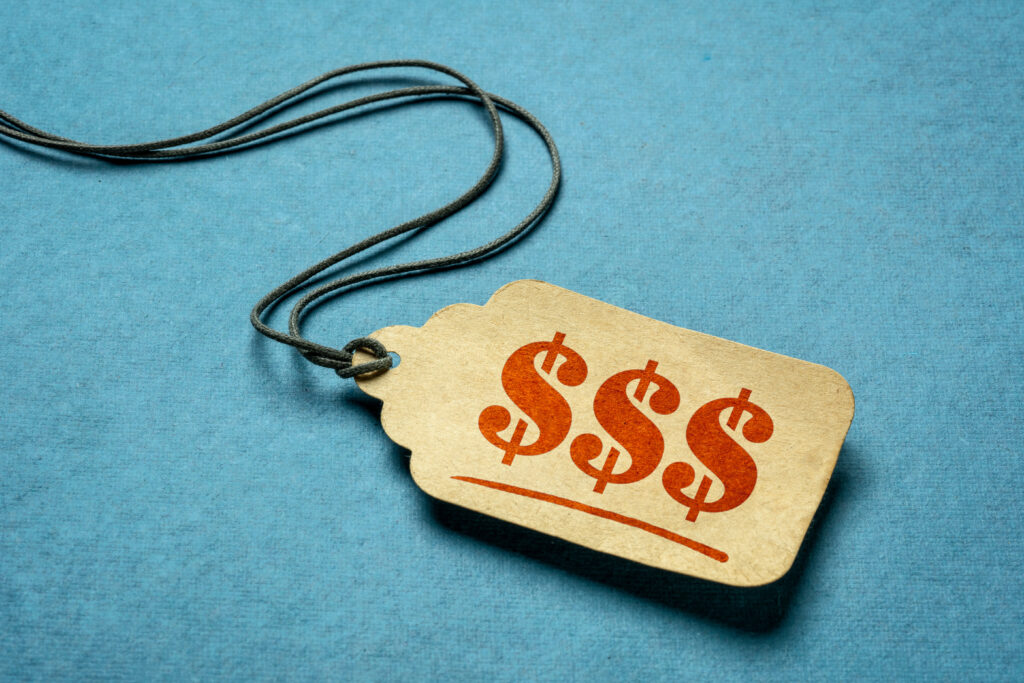When listing your items on Rentby, setting the right price is crucial to attracting renters and making the most out of your belongings. Whether you’re renting out tools, camping gear, electronics, or household items, the right pricing strategy can help you maximize your earnings while staying competitive. In this blog, we’ll share practical pricing tips to help you find that sweet spot between a price that attracts renters and one that makes your rental worthwhile.
1. Understand How Rentby Pricing Works
What you see is what you pay on Rentby, which makes the platform super friendly for renters. For lendors, it’s important to understand how Rentby’s platform fees change the amount of money you pocket. The only fees not necessarily included in the listing price are taxes, which vary by location.
Rentby charges a small platform fee for every item that is rented. This helps us keep Rentby a free to use platform and we bake that cost directly into the listing price to keep things simpler for the renter.
When considering how to price your item, you’ll want to account for this small fee if you’re looking to take home a certain amount of money for a particular rental.
For example: A rental listed for $20 will net the lender $16.50 in payout. So if you’re looking to take home an even $20, you’ll need to increase the price of your listing.
2. Research Comparable Listings
Before deciding on a price for your item, spend some time researching similar items already listed on Rentby or other rental platforms. This will give you a sense of the going rate and how competitive your listing is in terms of condition, features, and availability.
- Steps to Take:
- Search similar items in your area: Look at what others are charging for similar items in your neighborhood. For example, if you’re renting out a power drill, compare prices for the same or similar models in similar conditions.
- Consider the age and condition: If your item is newer or in better condition than others listed, you can charge slightly more. If it’s older or has some wear and tear, a lower price might be more attractive to renters.
Tip: Take note of the demand in your area. If you notice that certain types of items rent out quickly, this could be a sign that you can set a higher price.
3. Consider Supply and Demand
Supply and demand play a significant role in pricing your items. Items that are in high demand and low supply can command higher rental fees, while items that are readily available may need to be priced more competitively.
What to Keep in Mind:
- Seasonality: Certain items are more in demand during specific seasons. For example, camping gear like tents and coolers might be more popular in the summer, while snow removal equipment like shovels or snow blowers will be in demand during the winter. Adjust your prices based on the season to maximize your earnings.
- Local demand: Think about your local market and what items people are likely to rent. For instance, if there are a lot of DIYers in your area, tools may rent more often than sporting equipment, allowing you to price tools at a premium.
Tip: If you notice your item isn’t getting rented quickly, it might mean the demand is lower than expected, and you may need to lower your price slightly to attract renters.
4. Offer Discounts for Longer Rental Periods
Encouraging renters to keep items for longer periods can help you generate more income and minimize turnover. One way to do this is by offering discounts for extended rentals, making your listing more appealing to renters looking for multi-day or week-long use.
How to Implement:
- Daily, weekly, and monthly rates: Set a standard daily rate but offer a discount for weekly or monthly rentals. For example, if your daily rate is $15, you could offer the item for $85 per week (saving renters $20) or $300 for the month (a $150 discount).
- Encourage upfront rentals: By advertising the savings of renting for a longer period, you may attract renters who are on the fence about how long they’ll need the item. Knowing they’ll save money can push them to commit to a longer rental.
Tip: Offering discounts for extended rentals not only encourages people to rent for longer, but it also reduces the frequency at which you need to manage pick-ups and drop-offs.
5. Adjust Pricing Based on Condition and Features
The condition and specific features of your item play a key role in its pricing. Renters are willing to pay more for items that are in excellent condition or have unique features that add value.
Steps to Take:
- Assess condition: Items that are brand new or lightly used can command higher prices. If your item has noticeable wear and tear but is still functional, price it accordingly to reflect the condition.
- Highlight unique features: If your item has special features that set it apart from others—like extra attachments for a tool, a high-end brand name, or additional accessories—make sure to mention these in your listing and price it to reflect these advantages.
Tip: Be honest about the item’s condition and features, and price it accordingly. Clear descriptions and fair pricing help build trust and lead to positive reviews from renters.
6. Use Dynamic Pricing for High-Demand Times
Dynamic pricing is a strategy used by companies like ride-sharing services and hotels, where prices increase during times of high demand. You can apply this same approach to your rental listings on Rentby to maximize your income during peak times.
How to Use Dynamic Pricing:
- Increase prices during peak seasons: If you know that your item will be in high demand during certain seasons or events (like a local festival or a big holiday), temporarily raise your rates to reflect the increased demand.
- Special events or occasions: Think about times when there may be increased demand for certain items in your area. For instance, sporting equipment might be in demand during a big event, or lawn care tools during the spring and summer months.
Tip: Dynamic pricing should be used sparingly. Keep an eye on demand trends, but avoid dramatically increasing prices, as this could deter potential renters.
7. Offer Add-On Services for Extra Value
One way to differentiate your listing and justify a higher price is by offering additional services or benefits that go beyond just renting the item. For example, offering delivery and pick-up can be a significant convenience for renters and allows you to charge a premium.
Ideas for Add-Ons:
- Delivery and pick-up: Offer to deliver the item to the renter and pick it up afterward for an additional fee. Many renters are willing to pay for the convenience of not having to handle transportation themselves.
- Additional accessories: If you’re renting out an item that works better with accessories (like a camera with extra lenses or a drill with multiple attachments), consider bundling these items for an additional fee.
Tip: Make sure to clearly outline any additional services or accessories you’re offering, and adjust your pricing accordingly.
8. Start Low, Then Adjust Based on Demand
When listing a new item on Rentby, you may not be sure exactly how much to charge. In these cases, starting with a lower price can help you attract initial renters, and you can adjust the price later based on demand and feedback.
Steps to Take:
- Test different price points: Start by listing your item at a slightly lower price than your ideal rate to attract renters quickly. Once you get a sense of demand, you can gradually increase the price.
- Monitor feedback and bookings: If your item rents out quickly at a lower price, it may indicate that there’s room to increase the rate. On the other hand, if it’s not being rented, consider lowering the price temporarily to attract interest.
Tip: Be flexible with your pricing strategy, especially in the early days of listing an item. Market conditions and renter preferences can change, so adjust your price accordingly.
Final Thoughts
Setting the right price for your items on Rentby is essential for attracting renters and maximizing your earnings. By researching comparable listings, considering supply and demand, offering discounts for longer rentals, and being flexible with your pricing strategy, you can find the perfect balance between value and profit. Remember to keep your pricing competitive while reflecting the condition, features, and convenience your item offers.
With these strategies in place, you’ll be well on your way to successful rentals and increased income on Rentby!







